Stein & Stainer
Lorenz Duftschmid, Viola da gamba and Viola di bordone
Christoph Hammer, Hammerflügel
Lorenz Duftschmid plays an original instrument by Jacobus Stainer from 1673.
In combination with the original fortepiano by Johann Andreas Stein from 1785, the artists present a fascinating sound combination that is rarely heard. Lorenz Duftschmid also introduces “one of the most graceful instruments,” as Leopold Mozart called it: the baryton, a string instrument with resonance sides from the 18th century, for which Joseph Haydn, among others, wrote his famous baryton trios.
Works by Carl Philipp Emanuel Bach, Leopold Hofmann, Carl Friedrich Abel, Andreas Lidl, Franz Xaver Hammer and Joseph Haydn.
Lorenz Duftschmid, Viola da gamba and Viola di bordone
Christoph Hammer, Hammerflügel
Lorenz Duftschmid plays an original instrument by Jacobus Stainer from 1673.
In combination with the original fortepiano by Johann Andreas Stein from 1785, the artists present a fascinating sound combination that is rarely heard. Lorenz Duftschmid also introduces “one of the most graceful instruments,” as Leopold Mozart called it: the baryton, a string instrument with resonance sides from the 18th century, for which Joseph Haydn, among others, wrote his famous baryton trios.
Works by Carl Philipp Emanuel Bach, Leopold Hofmann, Carl Friedrich Abel, Andreas Lidl, Franz Xaver Hammer and Joseph Haydn.
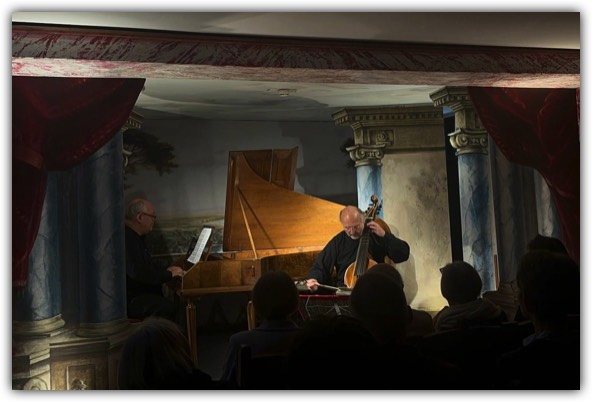
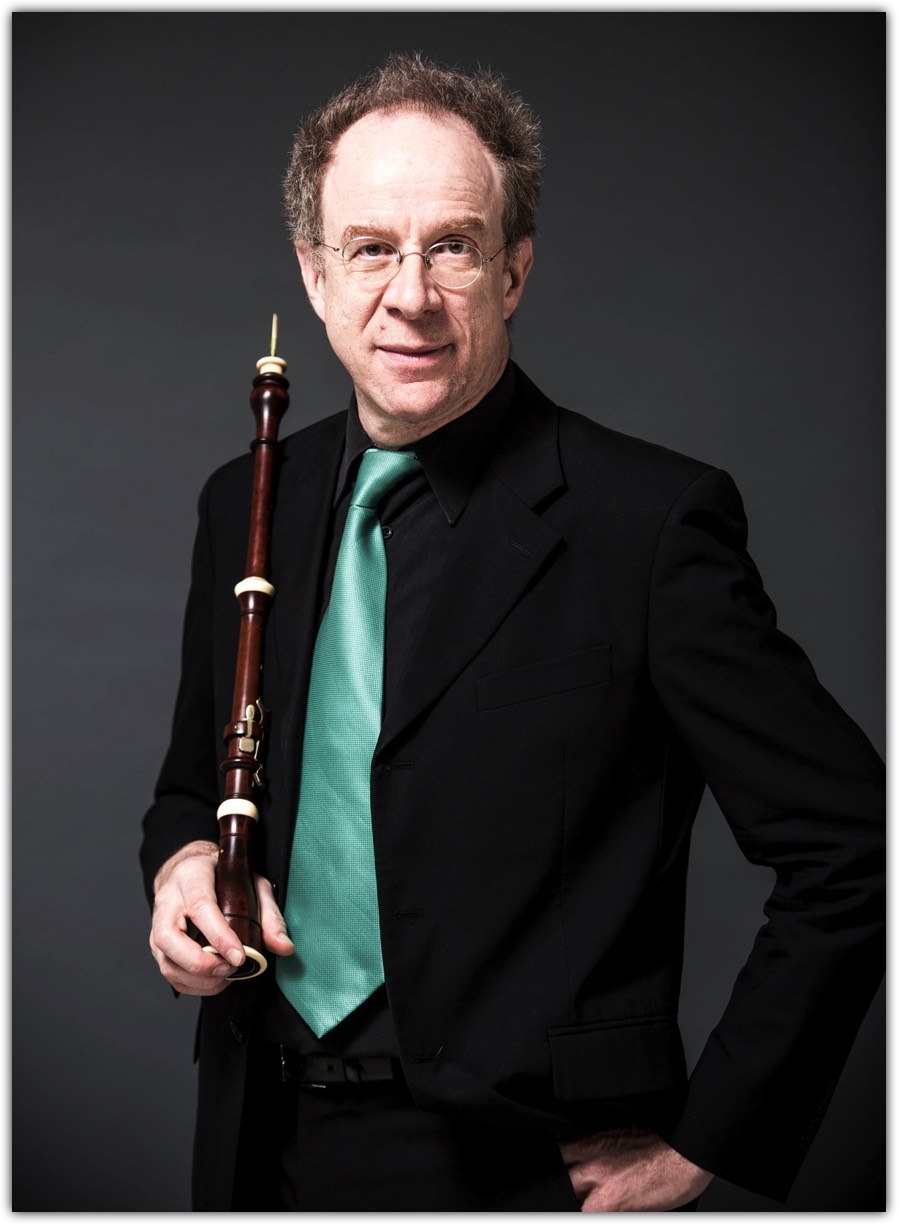
Komm süßes Kreuz
How might the cross be sweet, how can one look forward to one's death?
Grandmaster Johann Sebastian Bach and his baroque colleagues from the composing guild have given us timeless meditations on this subject. The dance of death becomes salvation from earthly chaos and entry into universal harmony.
Matthias Helm, international concert, oratorio and opera soloist, in association with the baroque oboe star Alfredo Bernardini and Armonico Tributo - Lorenz Duftschmid promises not only an evening in which wonderful music sounds, but also a soothing sound massage for our souls in demanding times.
Works by Johann Sebsatian Bach (concerto for oboe d'amore, aria 'Komm süßes Kreuz' and cantata ‚Ich habe genug'), Nicolaus Bruhns and Heinrich Ignaz Franz Biber
How might the cross be sweet, how can one look forward to one's death?
Grandmaster Johann Sebastian Bach and his baroque colleagues from the composing guild have given us timeless meditations on this subject. The dance of death becomes salvation from earthly chaos and entry into universal harmony.
Matthias Helm, international concert, oratorio and opera soloist, in association with the baroque oboe star Alfredo Bernardini and Armonico Tributo - Lorenz Duftschmid promises not only an evening in which wonderful music sounds, but also a soothing sound massage for our souls in demanding times.
Works by Johann Sebsatian Bach (concerto for oboe d'amore, aria 'Komm süßes Kreuz' and cantata ‚Ich habe genug'), Nicolaus Bruhns and Heinrich Ignaz Franz Biber
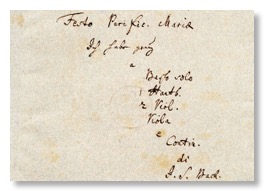
B-A-C-H
Johann Sebastian Bach: Three sonatas for viola da gamba and harpsichord obbligato BWV 1027-1029
Lorenz Duftschmid Vola da gamba (Jakob Stainer, Absam 1676)
Paul Gulda Harpsichord
Karl Markovics recitation
Sounds and Words
One of the most important keyboard virtuosos of our time meets the historical sound expert. Per Aspera ad Astra - BACH's integrating genius unites apparent opposites in the sense of Seneca to an unseen high-altitude flight. Because here, in a fascinatingly reduced ambience, not only magic keyboard meet baroque viol, but also Bach's music meets baroque poetry, read by actor Karl Markovics, who - in his turn - is on the trail of the language of the Bach era.
Johann Sebastian Bach: Three sonatas for viola da gamba and harpsichord obbligato BWV 1027-1029
Lorenz Duftschmid Vola da gamba (Jakob Stainer, Absam 1676)
Paul Gulda Harpsichord
Karl Markovics recitation
Sounds and Words
One of the most important keyboard virtuosos of our time meets the historical sound expert. Per Aspera ad Astra - BACH's integrating genius unites apparent opposites in the sense of Seneca to an unseen high-altitude flight. Because here, in a fascinatingly reduced ambience, not only magic keyboard meet baroque viol, but also Bach's music meets baroque poetry, read by actor Karl Markovics, who - in his turn - is on the trail of the language of the Bach era.
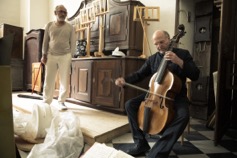
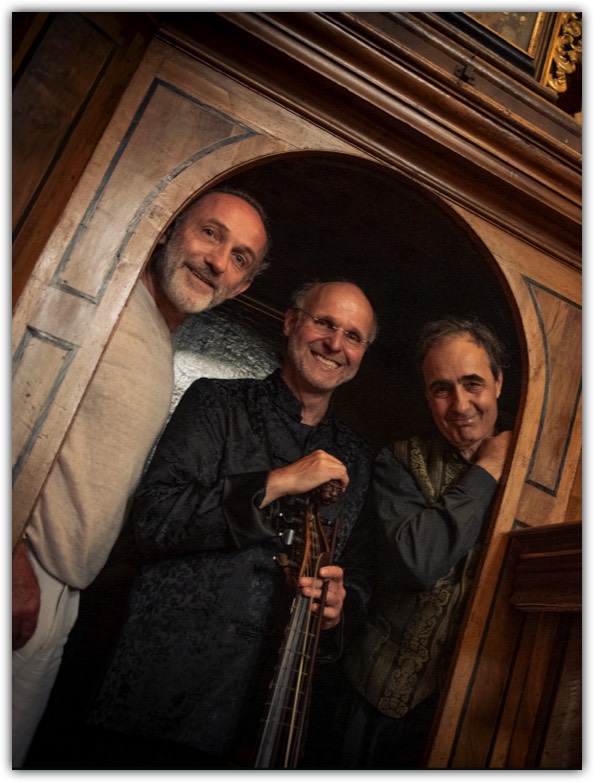

A Passion for Baryton
While the trios with baryton can be heard in some occasions, the tremendous beauty of the octets and the quintet with baryton by Joseph Haydn is still largely in the dark. The program “Prince Nikolaus I Joseph Esterházy and the lust for Baryton” is intended to close this gap with a first-class cast.
Haydn Barytonoktett D Dur Hob X_2: Allegro moderato@youtube
or Haydn Barytonoktett D Dur Hob X_2: Allegro moderato@ATA
The incomparable sound of the Esterházy court orchestra celebrates an appropriate resurrection with octets, quintets and solo for baryton.
Haydn Barytonoktett Oktett in G Dur Hob X_12: Adagio@youtube
or Haydn Barytonoktett G Dur Hob X 12: Adagio@ATA
Lorenz Duftschmid - Baryton
Gottfried von der Goltz und Brigitte Täubl - Violine, Lucas Schurig - Viola, Balázs Máté - Violoncello, Dane Roberts - Basso, Bart Aerbeydt und Gijs Laceulle - Inventionshorn
While the trios with baryton can be heard in some occasions, the tremendous beauty of the octets and the quintet with baryton by Joseph Haydn is still largely in the dark. The program “Prince Nikolaus I Joseph Esterházy and the lust for Baryton” is intended to close this gap with a first-class cast.
Haydn Barytonoktett D Dur Hob X_2: Allegro moderato@youtube
or Haydn Barytonoktett D Dur Hob X_2: Allegro moderato@ATA
The incomparable sound of the Esterházy court orchestra celebrates an appropriate resurrection with octets, quintets and solo for baryton.
Haydn Barytonoktett Oktett in G Dur Hob X_12: Adagio@youtube
or Haydn Barytonoktett G Dur Hob X 12: Adagio@ATA
Lorenz Duftschmid - Baryton
Gottfried von der Goltz und Brigitte Täubl - Violine, Lucas Schurig - Viola, Balázs Máté - Violoncello, Dane Roberts - Basso, Bart Aerbeydt und Gijs Laceulle - Inventionshorn

Arpeggione
The preference for special instruments with six or more strings continued in Austria well into the 19th century. In the Biedermeier period, the Viennese instrument maker Staufer invented the 'arpeggione', also known as the 'bow guitar' or 'guitar violoncell'. Contemporaries enthused about its qualities 'similar in beauty, richness and loveliness of the tone in the height of the oboe, in the depth to the basset horn'. If Franz Schubert hadn't written his famous A minor sonata for Vincenz Schuster and his instrument in November 1824, the “arpeggione” itself would probably have disappeared as a term today. But it has become immortal through Schubert's so-called 'Arpeggione Sonata'.
When the sonata finally appeared in print almost half a century after its creation, in 1871, the instrument had long since disappeared. It was published as a sonata for violin and piano, with an alternative string part for cello. As an arrangement for cello one can usually hear Schubert's beautiful work in A minor today, sometimes also with viola or double bass. But it sounds best on the instrument for which it was written, in conjunction with a fortepiano.
Lorenz Duftschmid Arpeggione (copy after Mitteis / Staufer in the Museum zu Berlin)
Paul Gulda fortepiano (Conrad Graf, Vienna approx. 1824)
The preference for special instruments with six or more strings continued in Austria well into the 19th century. In the Biedermeier period, the Viennese instrument maker Staufer invented the 'arpeggione', also known as the 'bow guitar' or 'guitar violoncell'. Contemporaries enthused about its qualities 'similar in beauty, richness and loveliness of the tone in the height of the oboe, in the depth to the basset horn'. If Franz Schubert hadn't written his famous A minor sonata for Vincenz Schuster and his instrument in November 1824, the “arpeggione” itself would probably have disappeared as a term today. But it has become immortal through Schubert's so-called 'Arpeggione Sonata'.
When the sonata finally appeared in print almost half a century after its creation, in 1871, the instrument had long since disappeared. It was published as a sonata for violin and piano, with an alternative string part for cello. As an arrangement for cello one can usually hear Schubert's beautiful work in A minor today, sometimes also with viola or double bass. But it sounds best on the instrument for which it was written, in conjunction with a fortepiano.
Lorenz Duftschmid Arpeggione (copy after Mitteis / Staufer in the Museum zu Berlin)
Paul Gulda fortepiano (Conrad Graf, Vienna approx. 1824)
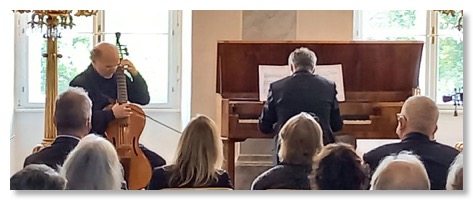


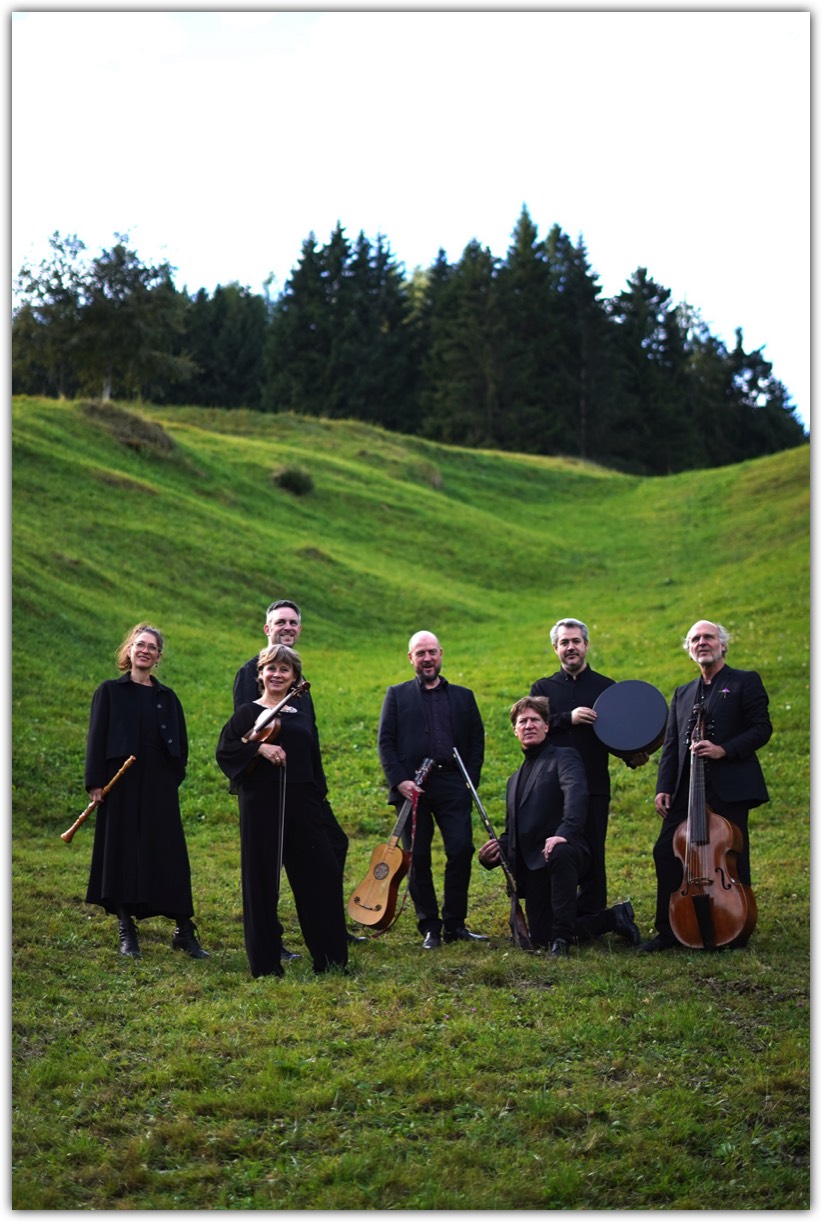
The World is a Lute
Performance in words and music with Tobias Moretti and Armonico Tributo - Lorenz Duftschmid
Texts (in German) by François Villon, Paul Fleming, Abraham a Santa Clara, Christian Hoffmann von Hoffmannswaldau, William Shakespeare, Simon Dach, Johannes Beer, Andreas Gryphius and Charles-Louis de Secondat, Baron de La Brède et de Montesquieu
Music by Jean-Philippe Rameau, Johann Sebastian Bach, Georg Philipp Telemann, Дмитрий Кантемир (Dimitrie Cantemir), Jean-Baptiste Lully, anonymous Ottoman, anonymous Sephardic, anonymous Italian and Henry Purcell.
Performance in words and music with Tobias Moretti and Armonico Tributo - Lorenz Duftschmid
Texts (in German) by François Villon, Paul Fleming, Abraham a Santa Clara, Christian Hoffmann von Hoffmannswaldau, William Shakespeare, Simon Dach, Johannes Beer, Andreas Gryphius and Charles-Louis de Secondat, Baron de La Brède et de Montesquieu
Music by Jean-Philippe Rameau, Johann Sebastian Bach, Georg Philipp Telemann, Дмитрий Кантемир (Dimitrie Cantemir), Jean-Baptiste Lully, anonymous Ottoman, anonymous Sephardic, anonymous Italian and Henry Purcell.
In Finstan möcht’ i sein
'In darkness let me dwell' and many other of the most beautiful songs by John Dowland, presented in the Renaissance dress of five viols and also transferred to today's Viennese
Komm zu mia (Come again) / Es tuad ma lad (Can she excuse) / Schatzal kumm (Come away, come sweet love) / In Finstan möcht’ i sein (In darkness let me dwell) / Tiafa Schlaf (Come heavy sleep) and others
Armonico Tributo Consort
Agnes Palmisano Quartett
'In darkness let me dwell' and many other of the most beautiful songs by John Dowland, presented in the Renaissance dress of five viols and also transferred to today's Viennese
Komm zu mia (Come again) / Es tuad ma lad (Can she excuse) / Schatzal kumm (Come away, come sweet love) / In Finstan möcht’ i sein (In darkness let me dwell) / Tiafa Schlaf (Come heavy sleep) and others
Armonico Tributo Consort
Agnes Palmisano Quartett
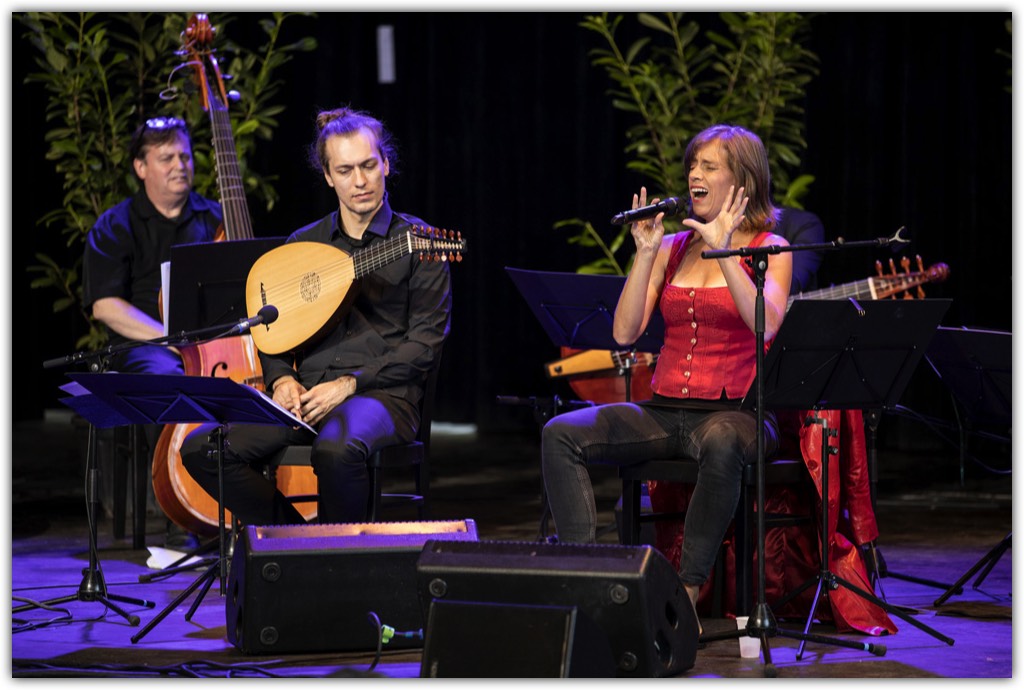
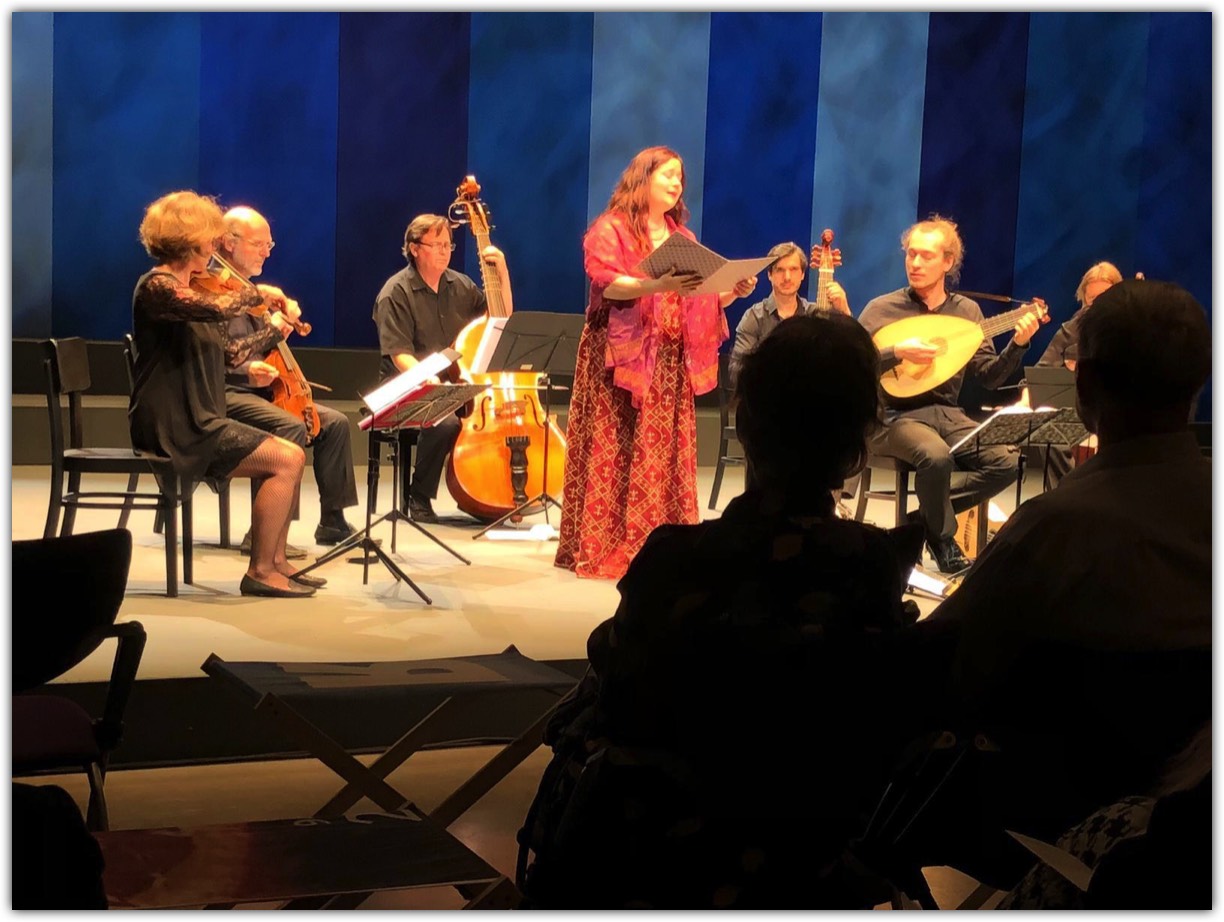
La Nuit
When most I wink, then do mine eyes best see,
But when I sleep, in dreams they look on thee
A sensual call to the night with Arianna Savall - soprano, Petter Udland and Armonico Tributo Consort
Music from Spain, England, France and Germany by Dowland, Holborne, Purcell, Cabezon, Cárceres, Charpentier, Lassus, Schein, Albert and Hammerschmidt
When most I wink, then do mine eyes best see,
But when I sleep, in dreams they look on thee
A sensual call to the night with Arianna Savall - soprano, Petter Udland and Armonico Tributo Consort
Music from Spain, England, France and Germany by Dowland, Holborne, Purcell, Cabezon, Cárceres, Charpentier, Lassus, Schein, Albert and Hammerschmidt
Like I'm beyond this world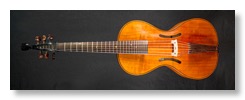
Lorenz Duftschmid is also committed to the 'rare' instruments of the viol family.
Early diminutions and improvisations on the viola bastarda - solos, trios and octets by Joseph Haydn, Luigi Tommasini & Co on the baryton and romantic "Schubertiades" on the arpeggione, also in connection with recitation (Chris Pichler, Michael Dangl) or singing. In resonance with Gottfried v.d. Goltz, Dane Roberts, Matthieu Schweiger or Paul Gulda.

Lorenz Duftschmid is also committed to the 'rare' instruments of the viol family.
Early diminutions and improvisations on the viola bastarda - solos, trios and octets by Joseph Haydn, Luigi Tommasini & Co on the baryton and romantic "Schubertiades" on the arpeggione, also in connection with recitation (Chris Pichler, Michael Dangl) or singing. In resonance with Gottfried v.d. Goltz, Dane Roberts, Matthieu Schweiger or Paul Gulda.
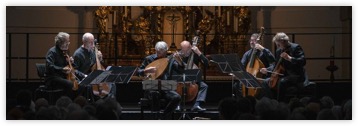
Res Publica
Consort music from England via Italy and Germany to France.
Gamba 'Extra Vergine' or in association with lute, singer, percussion or winds.
Consort from late medieval to early classic.
Consort music from England via Italy and Germany to France.
Gamba 'Extra Vergine' or in association with lute, singer, percussion or winds.
Consort from late medieval to early classic.
SilkRoad-Balkans-Sefardi
On the trail of prehistoric music. Traditional Chinese music, Central Asia, Orient and Balkans, Yiddish music and what has come to us via Hungary and Spain.
In cooperation with Raushan Orazbaeva, (shaman from Kazakhstan), Kelvin Tsui (Hong Kong - Shanghai), Arianna Savall, Petter Udland, Arezoo Rezvani, Marco Ambrosini, Luis Antunes Pena and Murat Coskun.
On the trail of prehistoric music. Traditional Chinese music, Central Asia, Orient and Balkans, Yiddish music and what has come to us via Hungary and Spain.
In cooperation with Raushan Orazbaeva, (shaman from Kazakhstan), Kelvin Tsui (Hong Kong - Shanghai), Arianna Savall, Petter Udland, Arezoo Rezvani, Marco Ambrosini, Luis Antunes Pena and Murat Coskun.


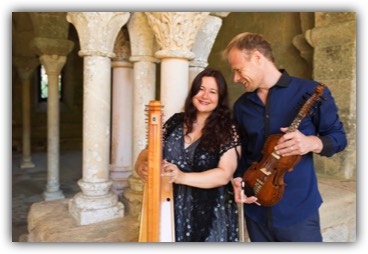
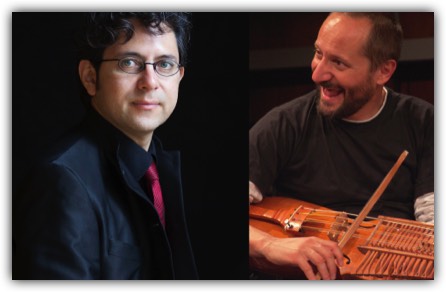
Diminutions-Improvisations
Basso Ostinato, Freie Phantasie und halsbrecherische Diminutionen und Verzierungen. Improvisiert oder aufgeschrieben im Verband mit Rolf Lislevand, Josué Meléndez Peláez, Arianna Savall, Petter Udland, und Marco Ambrosini
Basso Ostinato, free Fantasia, breakneck diminutions and ornamentations. Improvised or written down in association with Rolf Lislevand, Josué Meléndez Peláez, Arianna Savall, Petter Udland, and Marco Ambrosini.
Basso Ostinato, Freie Phantasie und halsbrecherische Diminutionen und Verzierungen. Improvisiert oder aufgeschrieben im Verband mit Rolf Lislevand, Josué Meléndez Peláez, Arianna Savall, Petter Udland, und Marco Ambrosini
Basso Ostinato, free Fantasia, breakneck diminutions and ornamentations. Improvised or written down in association with Rolf Lislevand, Josué Meléndez Peláez, Arianna Savall, Petter Udland, and Marco Ambrosini.
MUSICA AUSTRIACA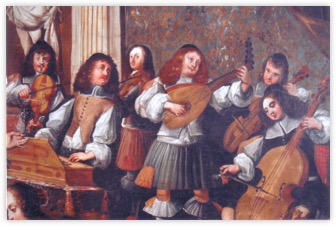
Austria - Land of Music
Programs from the Middle Ages to Romanticism around Oswald von Wolkenstein, Paul Peuerl, Heinrich Ignaz Franz Biber, Georg Muffat, Johann Joseph Fux, Joseph Haydn and Franz Schubert.
Instrumental, vocal, solo, choral.
Commedia Dell´Arte, Turcaria 1683, Propitia Sydera
Armonico Tributo, Johann Joseph Fux madrigalists, AnLeuT-Kulturvermittlung

Austria - Land of Music
Programs from the Middle Ages to Romanticism around Oswald von Wolkenstein, Paul Peuerl, Heinrich Ignaz Franz Biber, Georg Muffat, Johann Joseph Fux, Joseph Haydn and Franz Schubert.
Instrumental, vocal, solo, choral.
Commedia Dell´Arte, Turcaria 1683, Propitia Sydera
Armonico Tributo, Johann Joseph Fux madrigalists, AnLeuT-Kulturvermittlung
If you are interested in special programs,
please contact us directly
